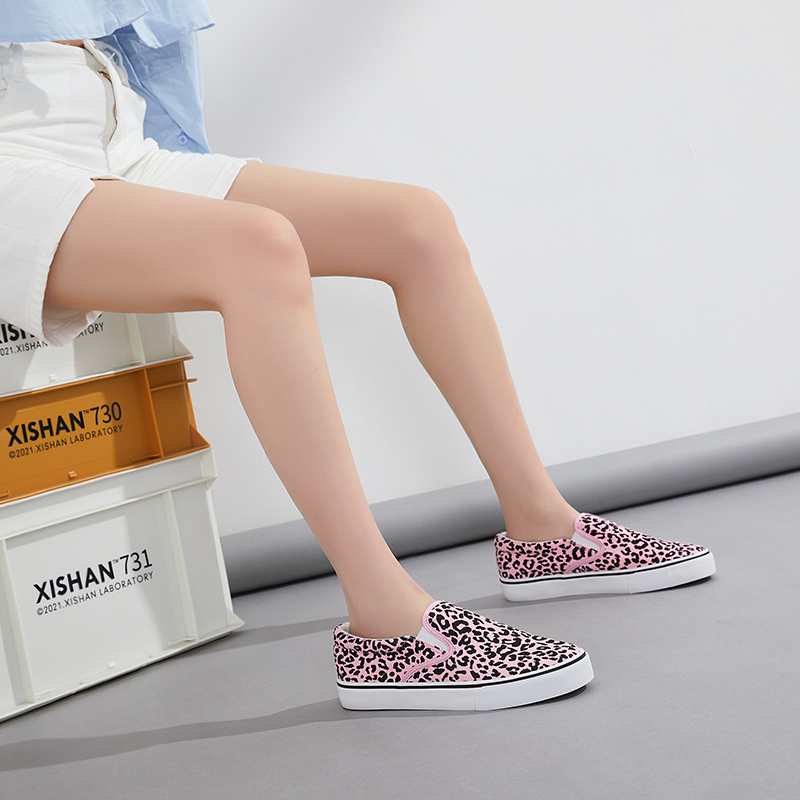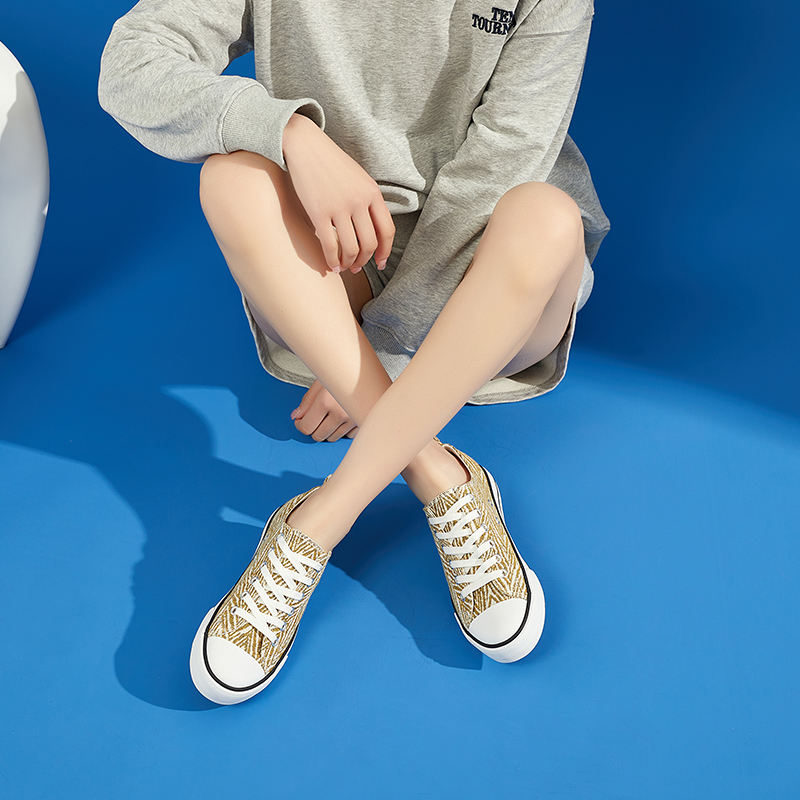The manufacturing process of canvas slip-on shoes can vary depending on the specific design and brand of the shoes. However, here are some general steps that are typically involved in the manufacturing process:
- Design and pattern-making: The first step in manufacturing canvas slip-on shoes is to create a design and pattern for the shoes. This may involve sketching the design, creating a digital model, or creating a physical prototype.
- Cutting and stitching: Once the design and pattern have been finalized, the canvas fabric is cut into the various pieces needed to create the shoe upper. These pieces are then stitched together using a sewing machine.
- Adding the sole: The next step is to attach the sole to the shoe upper. This may involve gluing or stitching the sole to the canvas upper.
- Adding insoles and padding: After the sole has been attached, the shoe is fitted with insoles and padding to provide comfort and support.
- Adding details and accents: Canvas slip-on shoes may include various details such as elastic gores, eyelets, or other design elements like prints, embroidery, or patches.
- Finishing touches: The shoe is finished with any final touches, such as cleaning up excess glue or trimming any excess fabric.
- Quality control: The final step is to conduct a quality control check to ensure that the shoes meet the manufacturer’s standards for quality and durability.
Overall, the manufacturing process of canvas slip-on shoes involves a combination of traditional techniques and modern technology to create a comfortable, durable, and stylish shoe. The focus is on creating a shoe that is both fashionable and functional, with attention given to both the design and the materials used in the manufacturing process. Canvas slip-on shoes can be designed for various purposes, including casual wear or as part of a uniform, so the manufacturing process may vary depending on the intended use of the shoes.



